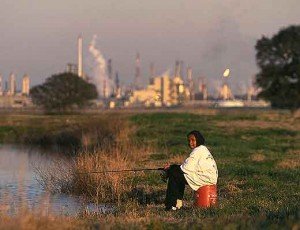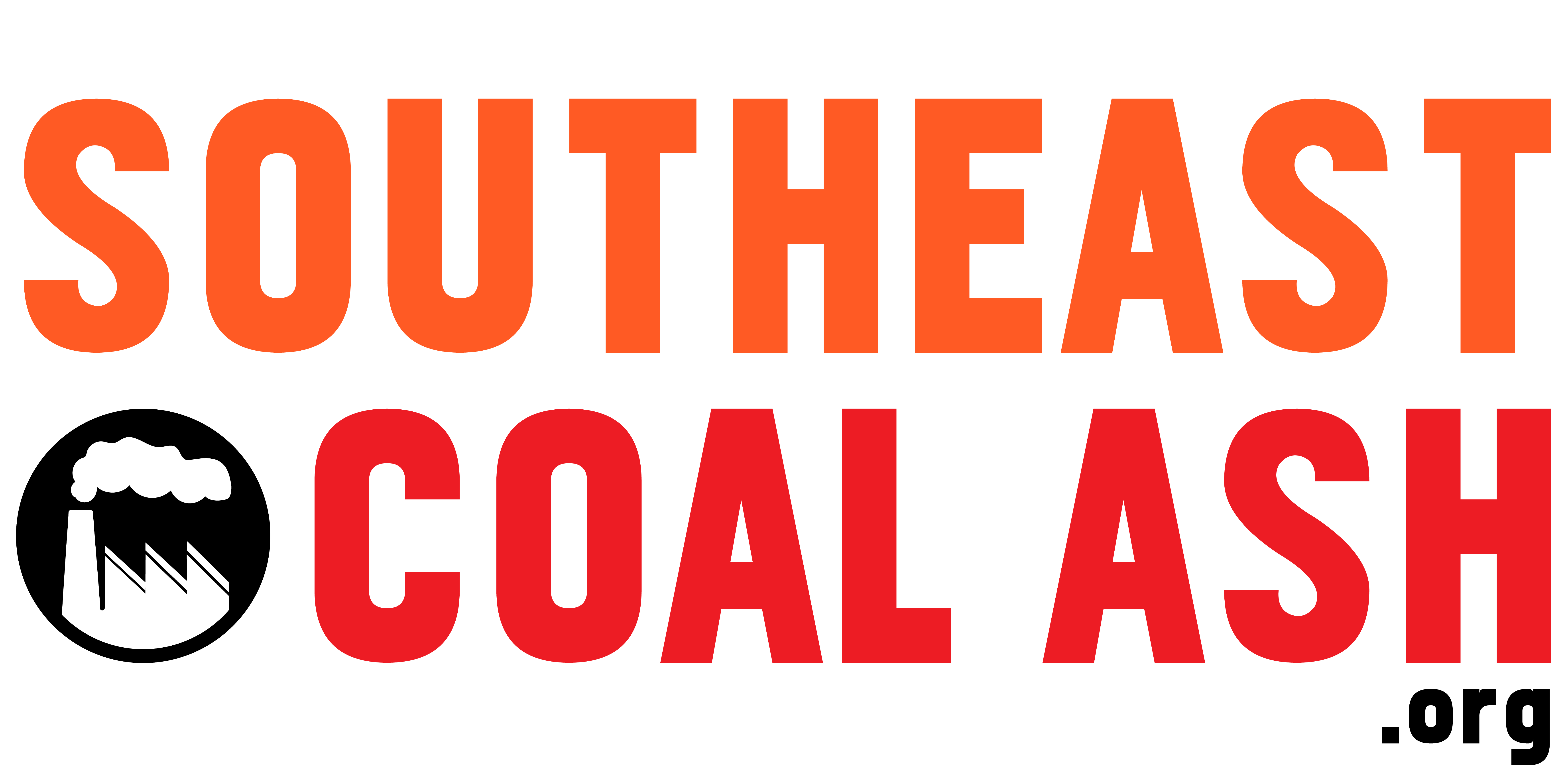
Photo Credit: Global Justice Game
General Overview
In December, 2014, EPA released its long-awaited coal ash rule. EPA left enforcement of the rule to the utilities (and other owners) themselves, the states, and via citizen suits. But Mississippi has a troubling track record when it comes to protecting communicates from the dangers of coal ash.
Mississippi is home to 4 coal-fired power plants and a total of 18 coal ash impoundments. According to the EPA Mississippi’s impoundments have enough capacity to hold 103 million gallons of coal ash, though due to utility underreporting that number is likely much higher. You can find each dumpsite’s capacity by clicking a power plant on the homepage and scrolling down to Power Plant Details and Maps. Annually, Mississippi’s power plants generate 1.75 million tons of coal ash making the state 24th in the nation for coal ash generation.
Due to lack of information provided by the state’s utilities, the only ash impoundments with substantive data are at the Jack Watson plant. Jack Watson is also the only plant that has received a hazard rating by EPA, who has deemed it a “significant hazard” to nearby communities and infrastructure.
Mississippi Communities Paying The Price

Photo Credit: Jose Zapata
All four of Mississippi’s coal-fired power plants are located next to large bodies of water that are used for fishing and recreation. Both Daniel Electric Generating Plant and R.D. Morrow Senior Generating Plant are near Black Creek, a popular spot for fishing and boating. Plant Jack Watson is on the banks of the Biloxi River, which local communities use for recreational and subsistence fishing. Coal ash in unlined impoundments easily leaches into nearby waterways posing significant threats to fish and wildlife including life-threatening deformities.
Legislation
There have been no efforts by Mississippi’s legislative bodies to pass new laws addressing coal ash disposal or handling. As discussed above, Mississippi lacks necessary data and regulations to protect public health and the environment from coal ash pollution and potential spills.
Check out more information about coal ash in Mississippi and the EPA’s coal plant water pollution standards for the state.
Create-Your-Own Coal Ash Report
Full control to create the report of your choosing listing coal plants with ash impoundments in the Southeast.
Create your report NOW!
